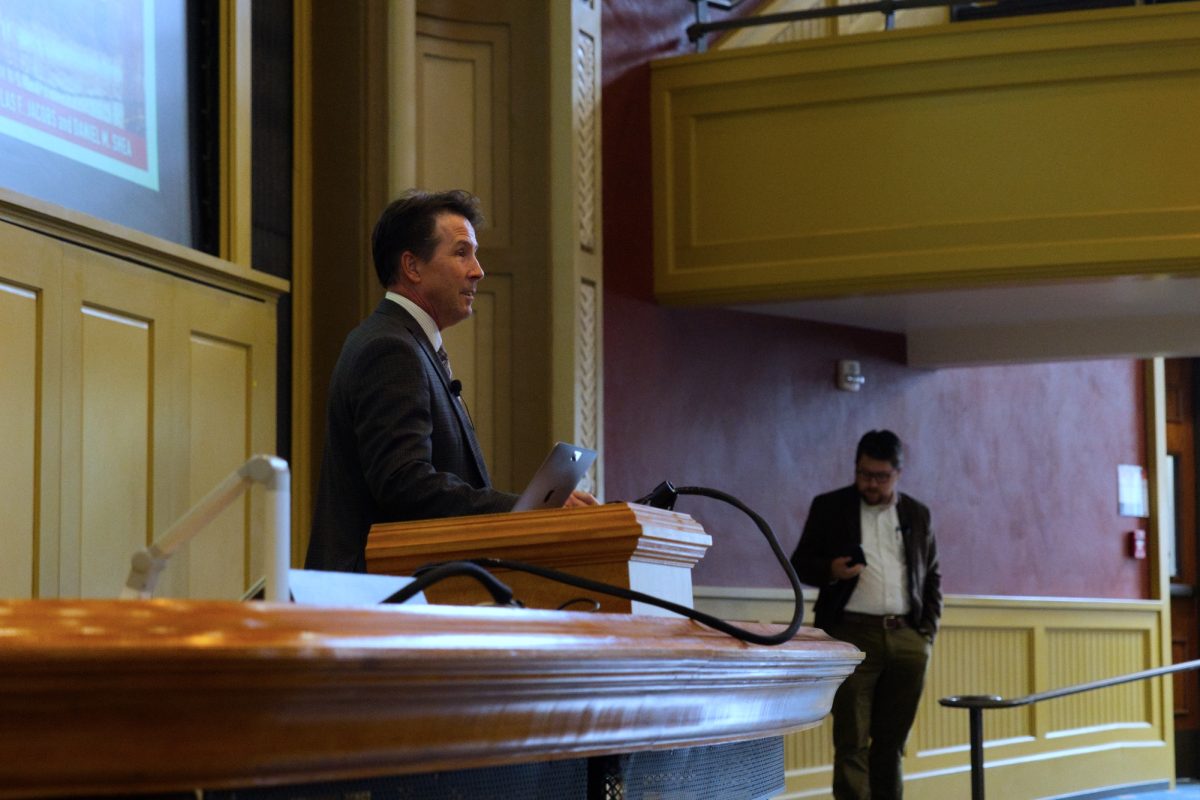Negative aspects of sex
November 3, 1999
In response to Ms. Spicer’s column on abstinence-based sex ed, I’d like to say this: While abstinence-based sex ed seems to ignore the positive aspects of sex and the “protection” one can use, I’m sure every one of the students who have been taught under this new curricula are well-aware of these.
Abstinence-only isn’t hiding the “life-saving knowledge” you are referring to, and it certainly can’t hide the allure of sex in a society where we’re constantly bombarded with pro-sexual references.
The negative aspects of sex may not be as prevalently known.
Pregnancy seems to be used as a big, threatening stick on both sides, but in standard sex ed, STDs are often only mentioned in connection with a condom, which is sad because a good number of these diseases are so small that a condom doesn’t do anything to prevent them.
The fact is that there are potentially harmful psychological and physiological affects to premarital sex outside of pregnancy and STDs, and the students aren’t informed.
As example of our ignorance: I took a brief poll of my honors house and found that none of them actually knew what pelvic inflammatory disease was.
I certainly didn’t, despite the fact I have always been interested in human biology.
I wish I had been able to see that picture you deplored, but it wasn’t even mentioned in my sex-ed class.
Many of the negative aspects of sex are never acknowledged in standard sex ed.
And while this new “no-sex message” appears to be irresponsible, it is actually giving students a better view of what they’re getting themselves into if they choose to have pre-marital sex.
In many ways, the teaching of chastity is a form of protection. No sex, no problem.
Not only that, but it also sends the message that adults trust them to control themselves.
So often in standard sex ed students are essentially told, “We know you can’t retrain yourself, so just be sure to use a condom.”
However, abstinence isn’t as “nearly impossible” as you make it sound.
And ultimately, is a piece of latex really a good replacement for the teaching of human restraint?
I can understand why so many people are upset by the abstinence-only message, but it appears that this program is teaching more about sex to our youths than standard sex ed.
I’m not saying that abstinence-only instruction is the way to go, but this program does have some areas where it is distinctly more informative than usual.
There are benefits to sex and these should be recognized, but not at the expense of ignoring the negative points.
Giving the students all the information (and I do mean all) shows that we trust them to use their judgement while giving them every scrap of data they might need to make an informed choice.
Isn’t responsibility the best message we can send our kids?
Jean Fitzpatrick
Senior
Biology and religious studies






